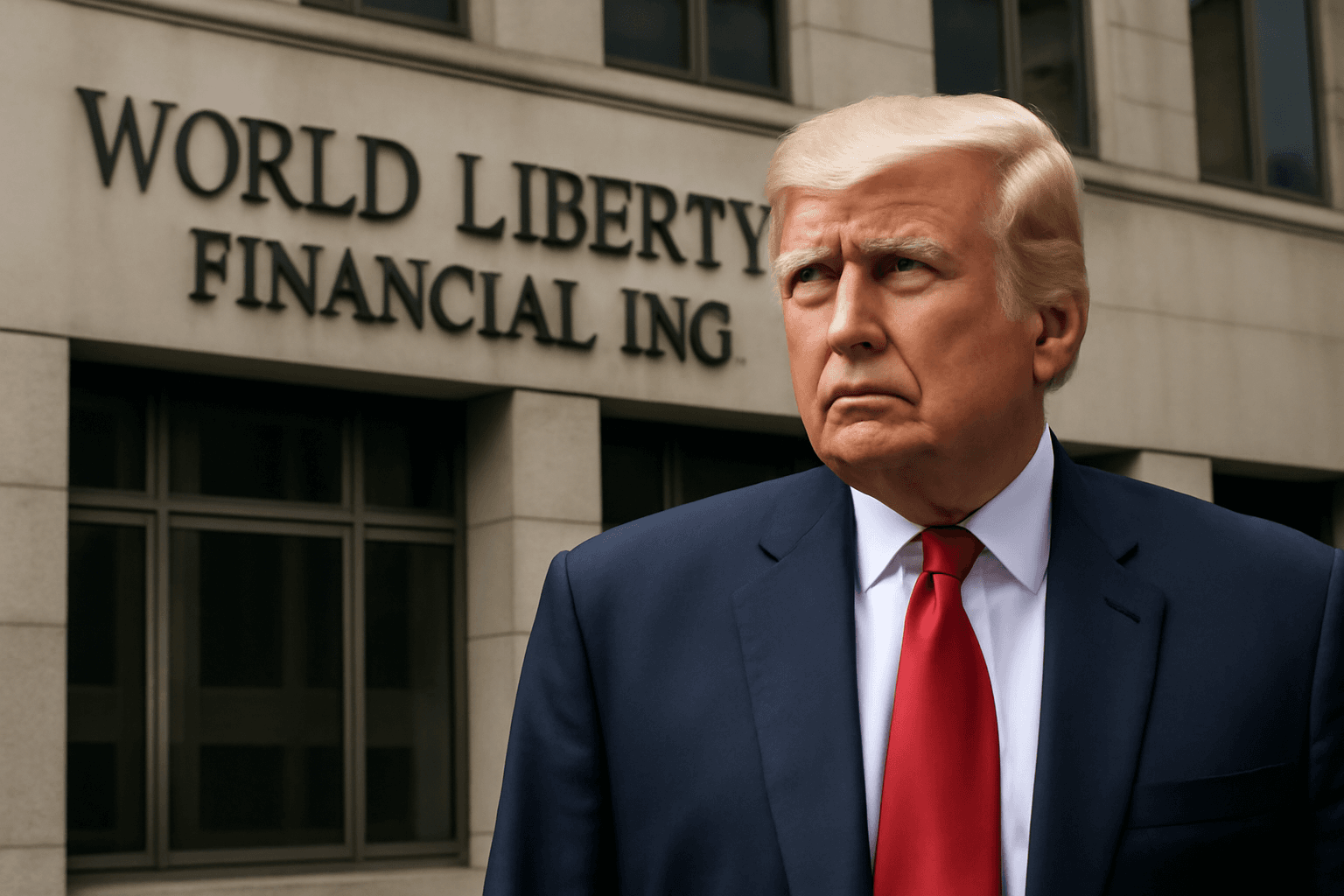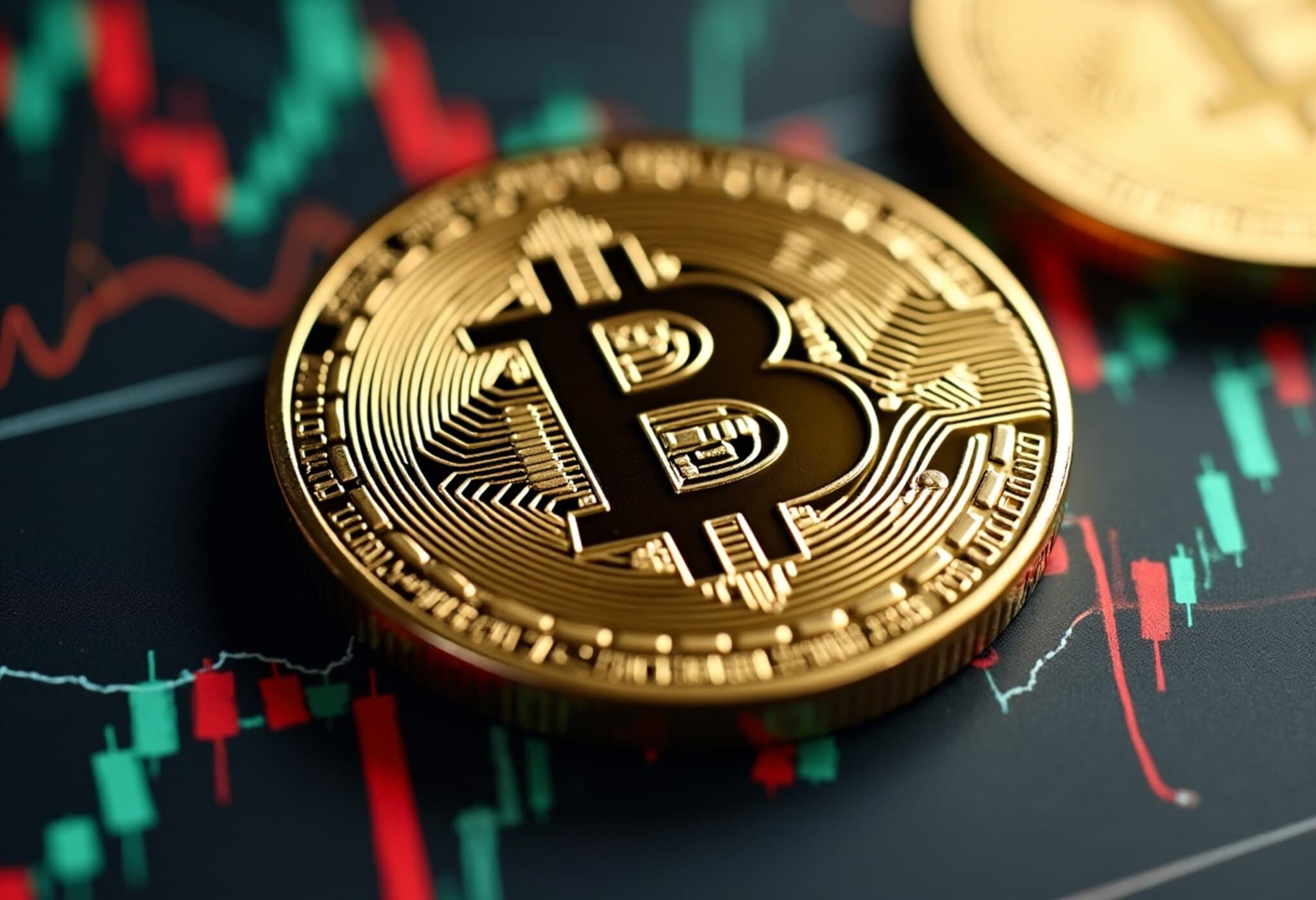Bitcoin Price Hovering Around $100,000: What’s Next?
After reaching an impressive peak above $111,000 in May 2025, Bitcoin’s price seems to have settled into a range-bound zone just above $100,000. Despite earlier optimistic forecasts projecting Bitcoin could surge to as high as $150,000 or even $200,000, the cryptocurrency has struggled to break through this psychological barrier in recent weeks.
Tom Lee, Managing Partner & Head of Research at Fundstrat Global Advisors, provides insight into this plateau. He suggests that many long-term holders—especially early investors who bought Bitcoin when it was under $100—may be choosing to take profits around the $100,000 mark. Speaking on CNBC’s "ETF Edge," Lee explained, "We have clients that bought Bitcoin at $100. They don't care if it reaches a million; for them, $100,000 might be the right moment to sell." This dynamic introduces a natural resistance level, where selling pressure balances or even outweighs new buying.
Crypto Market Resilience Beyond Bitcoin
Although Bitcoin’s price appears to be consolidating, other areas of the crypto universe are experiencing significant momentum. Digital asset infrastructure companies, such as Coinbase, saw shares surge by 40% in June 2025 — their strongest month since November of the previous year. Coinbase notably became the only S&P 500 stock to double its value in the second quarter, marking the firm's first quarterly rally in 2025.
Investor focus has also shifted toward crypto exchange shares amid legislative developments, such as recent Senate discussions on crypto regulations, and a broader industry rally. This divergence between Bitcoin’s stagnation and the strong performance of crypto service providers highlights an evolving landscape where the ecosystem's infrastructure is gaining fresh investor confidence.
Staking: A Growing Strategy During Price Plateaus
For investors unwilling to sell during periods of price stagnation, staking has emerged as a compelling alternative to monetize dormant crypto assets. Cryptocurrencies like Ethereum and Solana, which have experienced muted price performance, offer holders opportunities to earn yields by participating in network validation processes.
Dave Nadig, an independent ETF expert and futurist, elaborates: "Staking can generate yields that are generally a few percentage points higher than traditional fixed-income products." Unlike a standard savings account managed by banks, staking involves contributing assets to decentralized financial (DeFi) networks where investors act as blockchain validators, thus securing transactions and earning rewards.
This model, while attractive, introduces unique risks linked to crypto exchange security, market volatility, and regulatory scrutiny. Nevertheless, major financial players like BlackRock have shown growing interest in staking, signaling confidence in its potential as a long-term income strategy.
Johann Kerbrat, General Manager of Robinhood’s crypto division, recently referred to staking as a critical milestone toward "mass adoption," highlighting how these mechanisms integrate users deeper into the crypto ecosystem beyond mere speculation.
Crypto ETFs: A Convenient and Cost-Effective Investment Path
Some investors are shifting out of direct cryptocurrency holdings in favor of Exchange-Traded Funds (ETFs) that mimic crypto market exposure. This approach offers several advantages, including easier transactions, improved regulatory oversight, and often lower costs.
Dave Nadig notes that many crypto ETFs are currently more affordable than direct coin purchases, with several providers waiving management fees as an incentive to attract investors. For instance, VanEck’s Bitcoin Trust has waived all fees until its assets reach $2.5 billion or until January 2026, whichever comes first.
Similarly, iShares Bitcoin Trust and iShares Ethereum Trust have experienced impressive inflows—over $15 billion and $2 billion respectively this year—highlighting strong institutional and retail demand. Fee waivers and reduced expense ratios, such as the drop from 0.25% to 0.12% on iShares’ Ethereum Trust, further sweeten the deal, making ETFs an increasingly popular vehicle.
"Effectively, bitcoin has moved from one wallet to another—the latter now being the ETF," Nadig quipped. This shift represents a maturation of the crypto investment landscape, where market participants seek convenient, regulated outlets to capture crypto market gains.
Expert Takeaways and Looking Ahead
- Bitcoin’s plateau near $100,000 stems partly from early holders choosing to realize gains, establishing a temporary ceiling.
- Crypto infrastructure stocks and exchanges are gaining momentum, suggesting a broader ecosystem growth beyond just the number one coin.
- Staking offers income opportunities that appeal to long-term holders during low volatility periods, despite inherent risks.
- Crypto ETFs continue to attract significant inflows driven by ease of access, regulation, and fee incentives.
What This Means for Investors
The current landscape suggests a nuanced crypto market where price stagnation in Bitcoin does not equal investor disinterest. Instead, capital is cycling through new avenues—staking, crypto infrastructure, and ETFs—that reflect evolving strategies in managing volatility and regulatory uncertainty.
For American investors, the rise of ETFs especially aligns with broader trends towards regulated, accessible financial products offering crypto exposure without the complications of wallet management or exchange security concerns.
Editor's Note
Bitcoin’s inability to decisively break above $100,000 signals a crucial juncture for crypto markets. Are early adopters locking in profits while new waves of investors and institutions diversify through staking and ETFs? This moment offers a potent reflection on crypto’s transition from speculative frenzy to a maturing investment class. Watch how regulatory clarity and product innovation shape crypto’s next chapter.



















